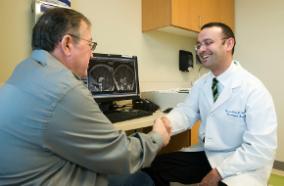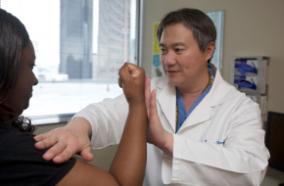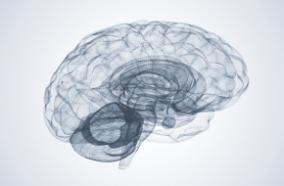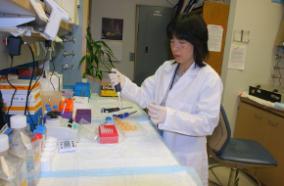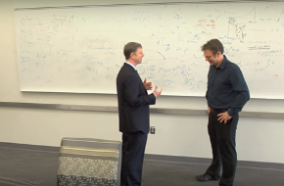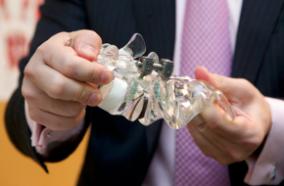Related Articles
Infection-induced endothelial amyloids impair memory.
FASEB J. 2019 09;33(9):10300-10314
Authors: Balczon R, Pittet JF, Wagener BM, Moser SA, Voth S, Vorhees CV, Williams MT, Bridges JP, Alvarez DF, Koloteva A, Xu Y, Zha XM, Audia JP, Stevens T, Lin MT
Abstract
Patients with nosocomial pneumonia exhibit elevated levels of neurotoxic amyloid and tau proteins in the cerebrospinal fluid (CSF). In vitro studies indicate that pulmonary endothelium infected with clinical isolates of either Pseudomonas aeruginosa, Klebsiella pneumoniae, or Staphylococcus aureus produces and releases cytotoxic amyloid and tau proteins. However, the effects of the pulmonary endothelium-derived amyloid and tau proteins on brain function have not been elucidated. Here, we show that P. aeruginosa infection elicits accumulation of detergent insoluble tau protein in the mouse brain and inhibits synaptic plasticity. Mice receiving endothelium-derived amyloid and tau proteins via intracerebroventricular injection exhibit a learning and memory deficit in object recognition, fear conditioning, and Morris water maze studies. We compared endothelial supernatants obtained after the endothelia were infected with P. aeruginosa possessing an intact [P. aeruginosa isolated from patient 103 (PA103) supernatant] or defective [mutant strain of P. aeruginosa lacking a functional type 3 secretion system needle tip complex (ΔPcrV) supernatant] type 3 secretion system. Whereas the PA103 supernatant impaired working memory, the ΔPcrV supernatant had no effect. Immunodepleting amyloid or tau proteins from the PA103 supernatant with the A11 or T22 antibodies, respectively, overtly rescued working memory. Recordings from hippocampal slices treated with endothelial supernatants or CSF from patients with or without nosocomial pneumonia indicated that endothelium-derived neurotoxins disrupted the postsynaptic synaptic response. Taken together, these results establish a plausible mechanism for the neurologic sequelae consequent to nosocomial bacterial pneumonia.-Balczon, R., Pittet, J.-F., Wagener, B. M., Moser, S. A., Voth, S., Vorhees, C. V., Williams, M. T., Bridges, J. P., Alvarez, D. F., Koloteva, A., Xu, Y., Zha, X.-M., Audia, J. P., Stevens, T., Lin, M. T. Infection-induced endothelial amyloids impair memory.
PMID: 31211919 [PubMed - indexed for MEDLINE]

